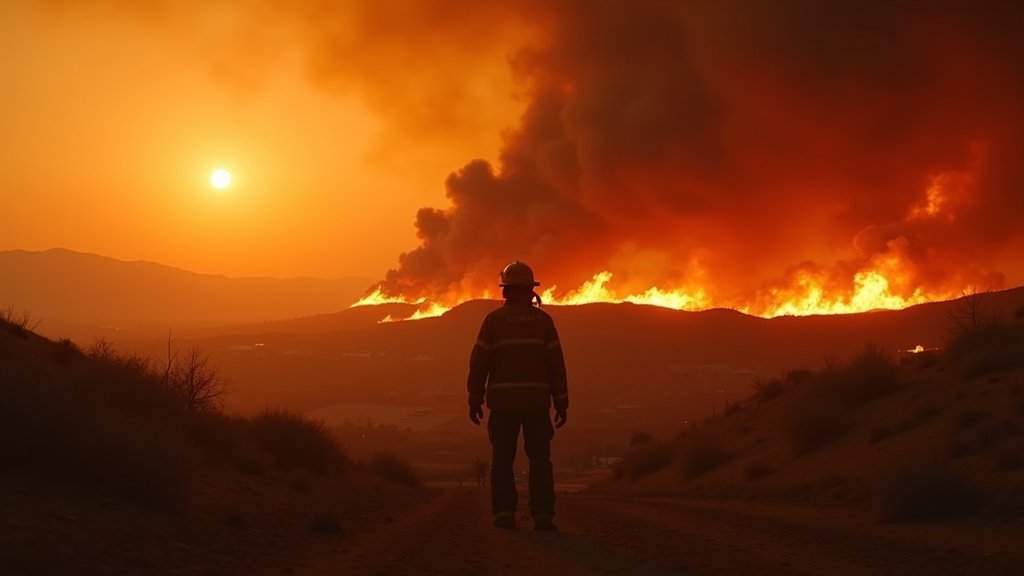Gifford Fire Scorches Central California, Threatens Hundreds of Structures
A significant wildfire, dubbed the Gifford Fire, continues to burn across central California, engulfing over 129 square miles and posing a serious threat to more than 800 structures. The blaze, primarily affecting Santa Barbara and San Luis Obispo counties, has led to three injuries and is currently only 7% contained. Over 1,900 personnel are actively engaged in battling the formidable fire, a critical effort in mitigating its relentless advance. The fire’s origin traces back to smaller ignitions that flared up along State Route 166 on Friday, quickly escalating into the widespread conflagration currently dominating the region’s west coast news.
Fire Behavior and Containment Efforts
The sheer scale of the Gifford Fire demands a massive operational response, with more than 1,900 firefighters and support personnel on the ground. These dedicated individuals are working tirelessly to establish containment lines and suppress the flames. However, the challenging terrain and current fire conditions are testing these efforts. With only 7% of the fire’s perimeter contained, the potential for further spread remains a significant concern for authorities and residents alike. The fire’s growth has been fueled by dry conditions and unpredictable winds, making containment a difficult and ongoing struggle.
Impact on Local Communities and Air Quality
The impact of the Gifford Fire extends beyond the immediate threat to structures. The vast amount of smoke generated by the blaze is a major concern, with projections indicating that air quality could be significantly affected across Southwest California. Residents in the affected regions are being advised to take precautions, stay informed about air quality advisories, and limit outdoor activities. The injuries sustained, while not life-threatening at this current report, underscore the inherent dangers faced by both firefighters and any civilians caught in the fire’s path.
Outlook and Environmental Factors
Looking ahead, the outlook for containing the Gifford Fire remains uncertain as temperatures are expected to rise. This anticipated increase in heat could intensify fire behavior, potentially leading to faster spread and more aggressive flame front development. Firefighting agencies are closely monitoring weather patterns and adjusting their strategies accordingly. The current situation highlights the ongoing vulnerability of the west coast to wildfire events, particularly during periods of elevated temperatures and low humidity. Investigations into the precise cause of the initial ignitions along State Route 166 are likely ongoing, as is standard procedure for such large-scale incidents. The trending nature of these fires necessitates constant vigilance and preparedness.
This developing story represents a critical piece of current news for the region, with many anxiously awaiting further updates on containment progress and the mitigation of risks to life and property. The dedication of the more than 1,900 personnel fighting the Gifford Fire is paramount as they work to bring this dangerous event under control amidst challenging environmental conditions.



















